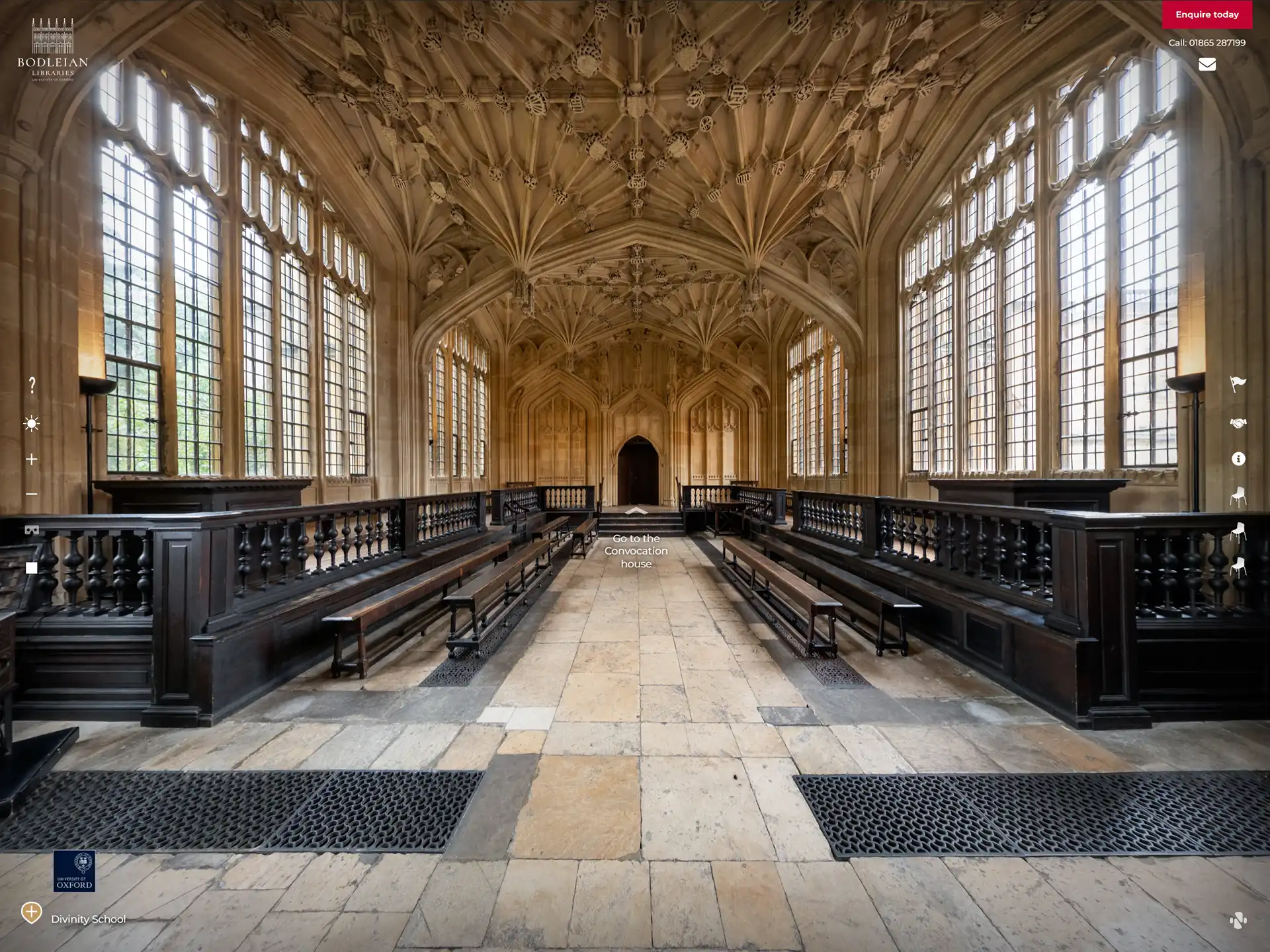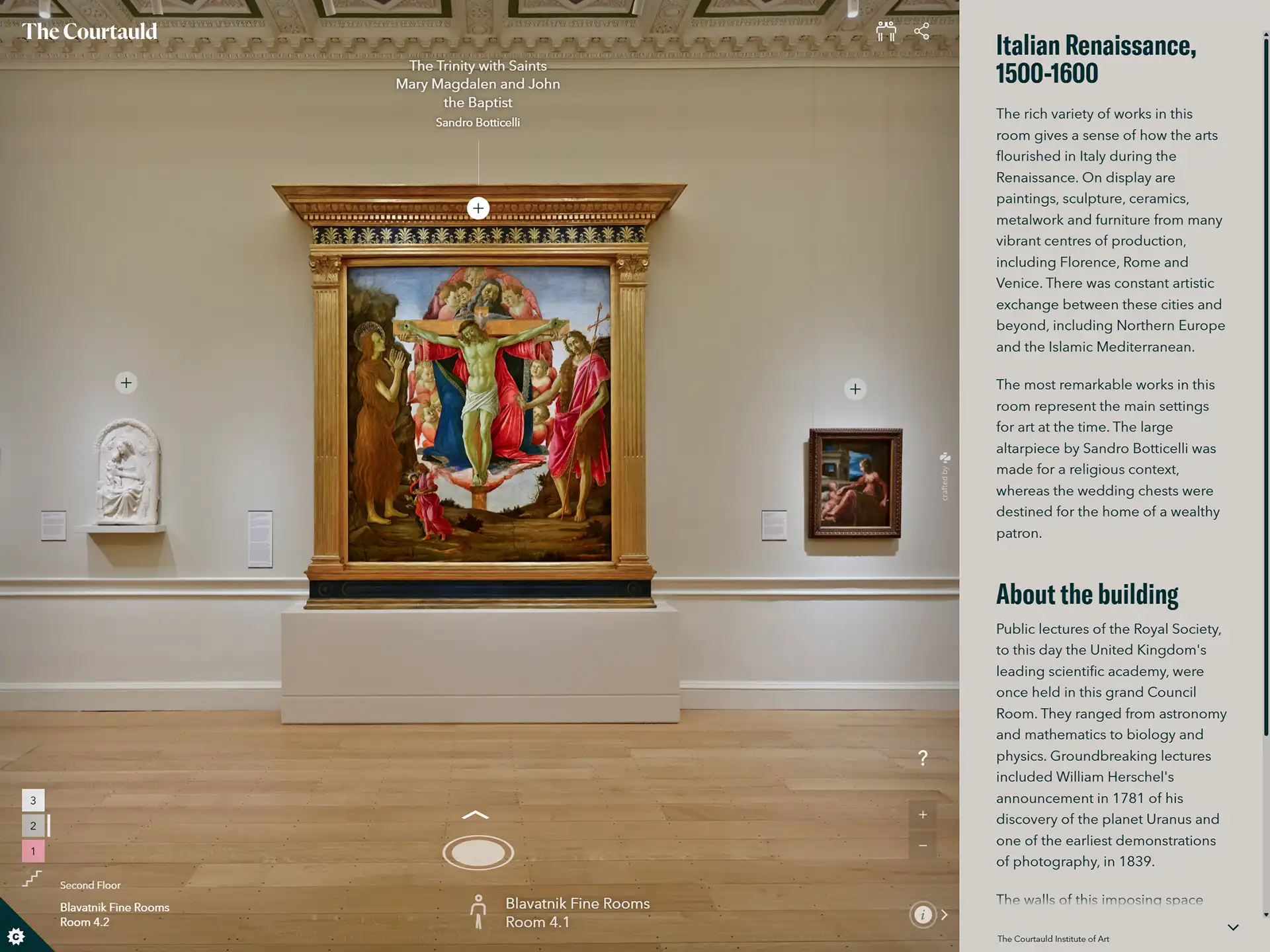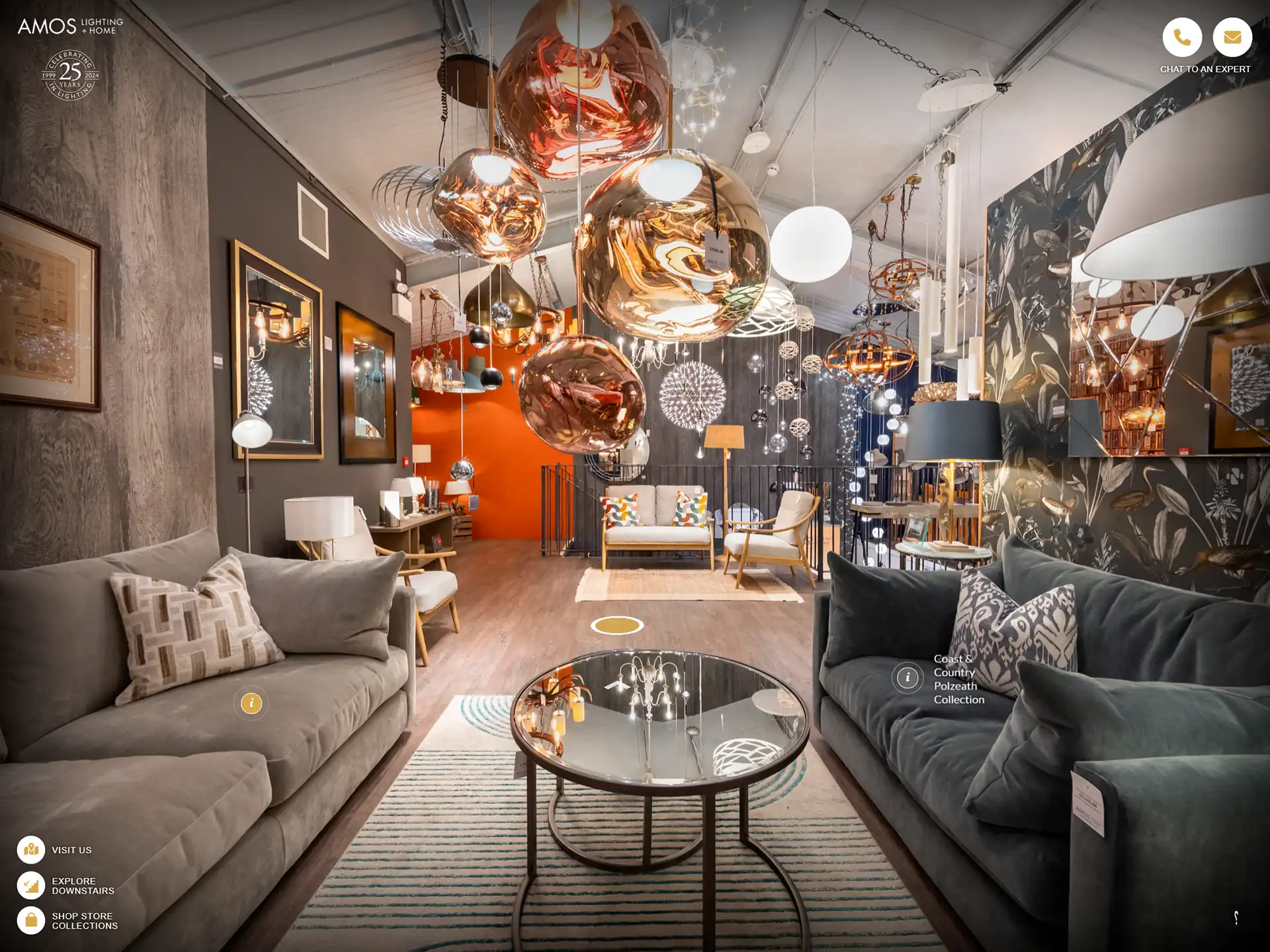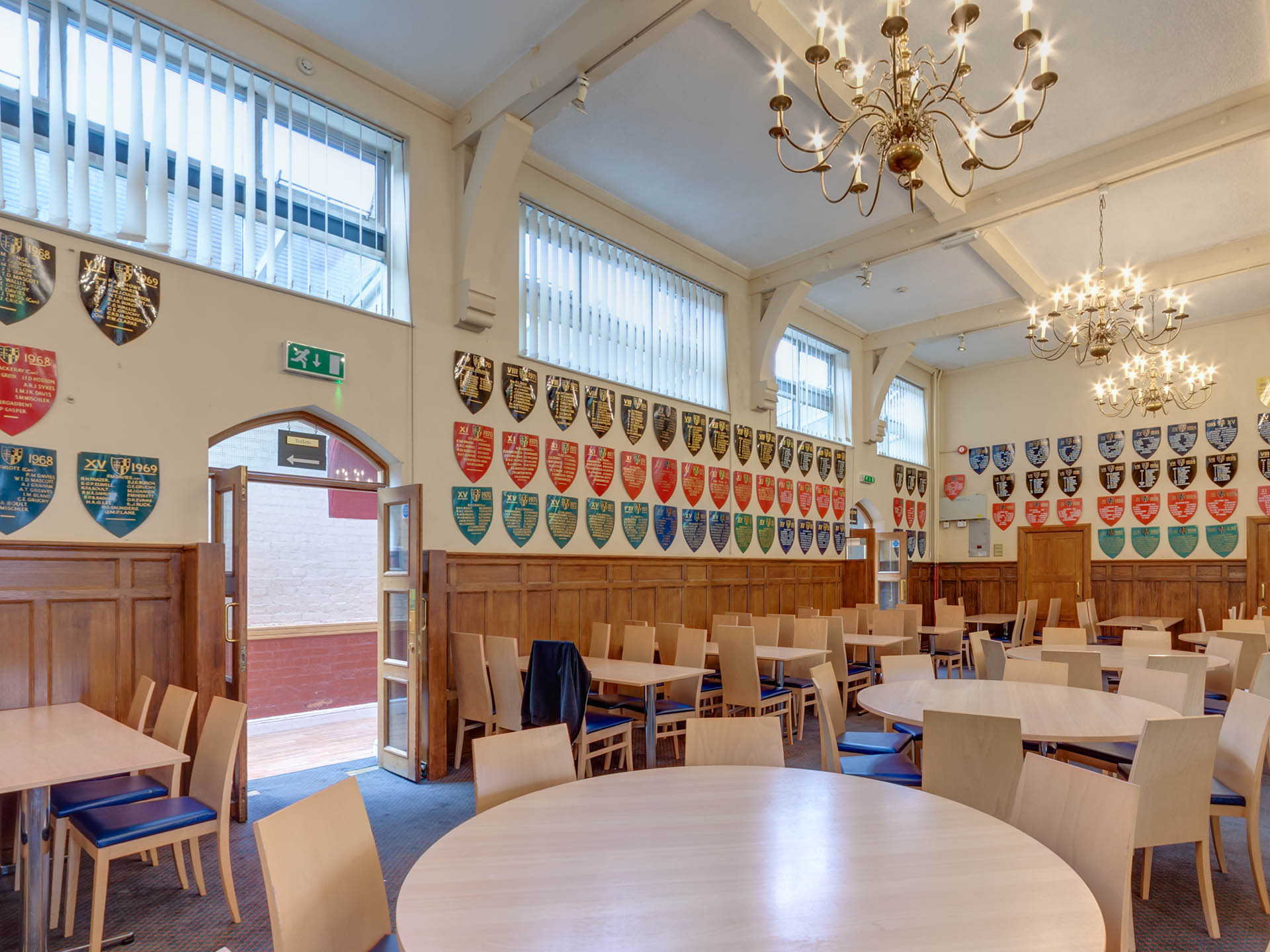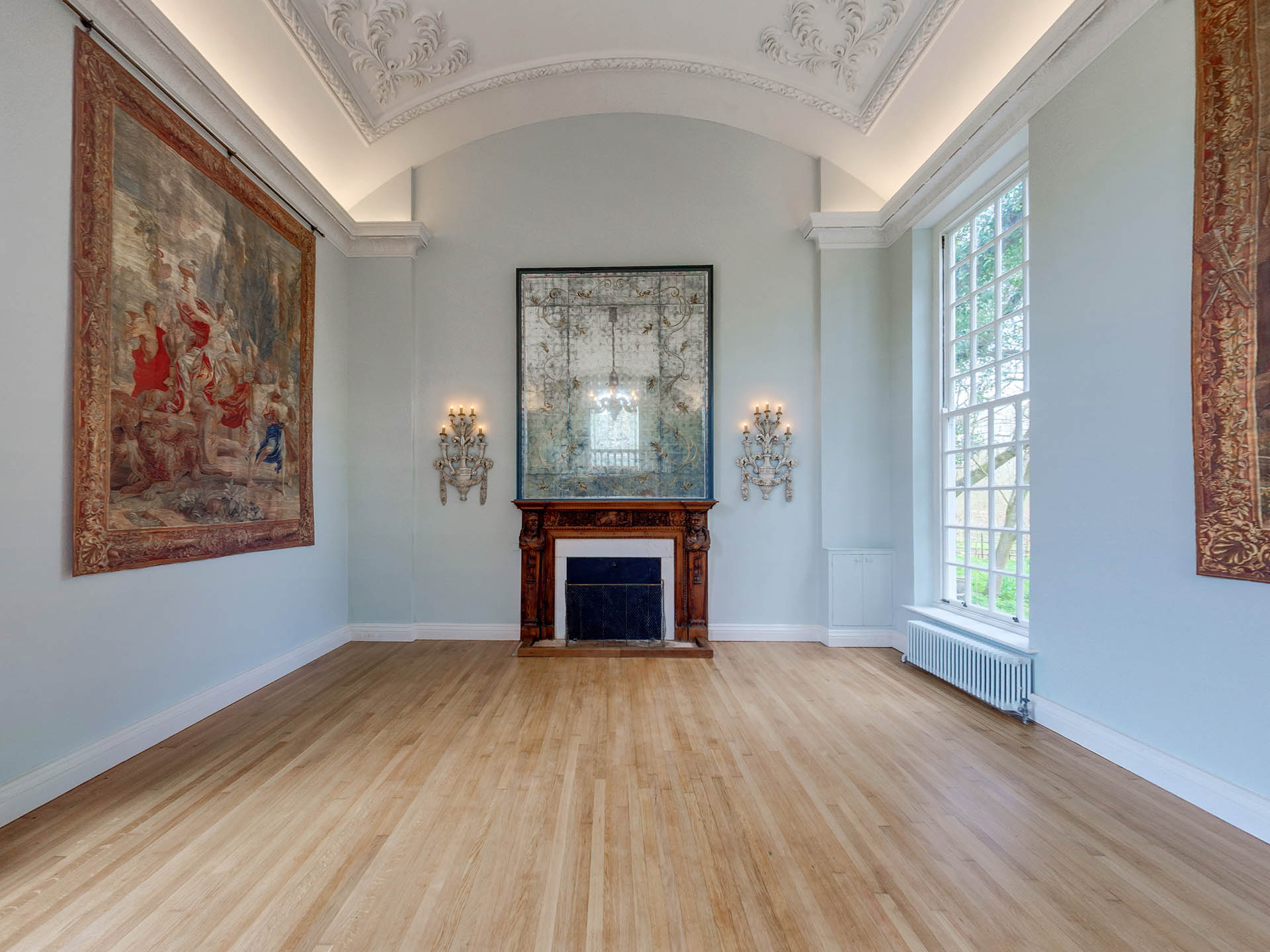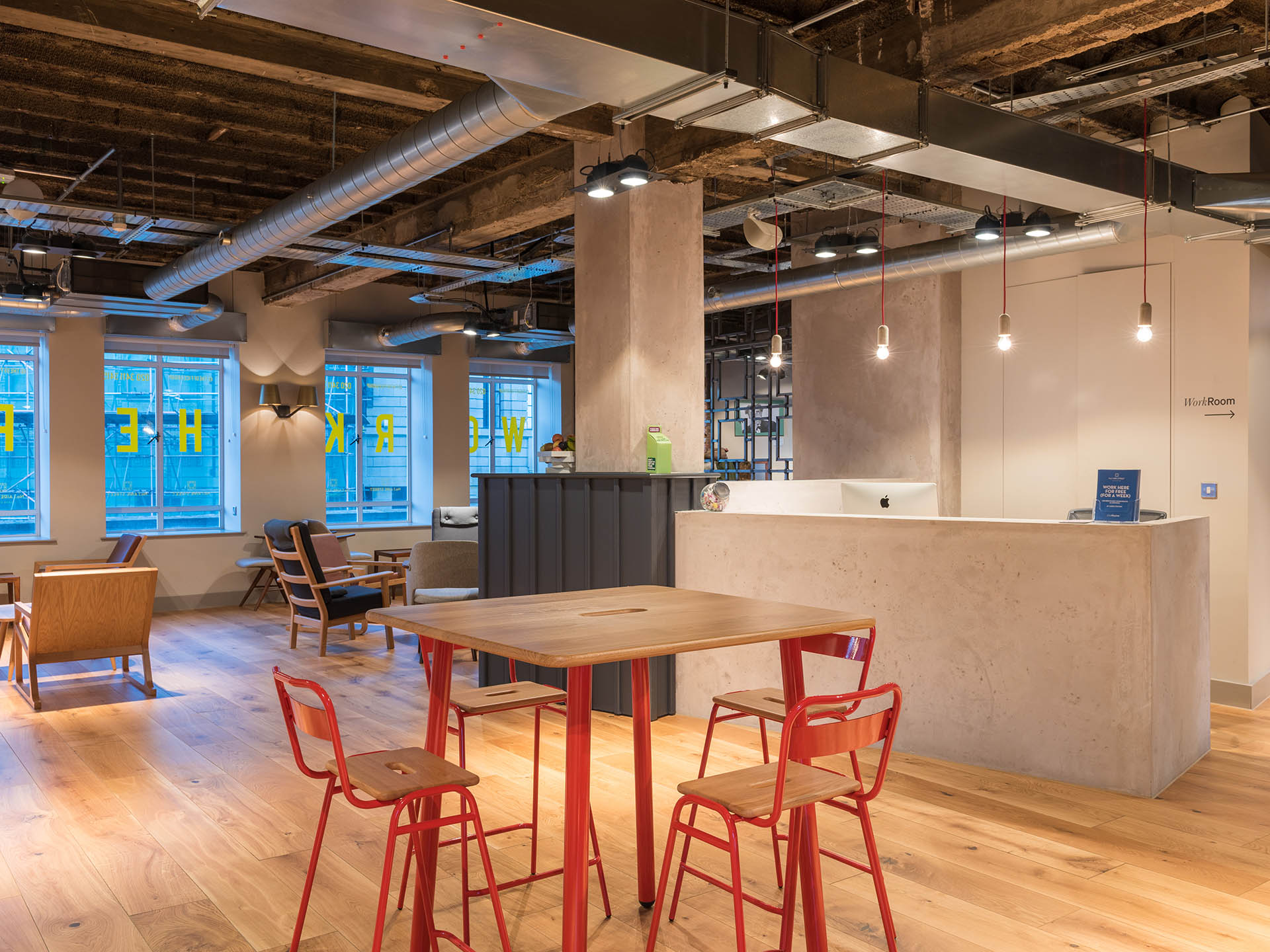Blog
How Virtual Tours Can Help You Attract Visitors, Customers or Tenants
Use cases and benefits for different sectors: culture, retail, education, hospitality
Introduction – More Than Just a Pretty View
In today’s digital-first world, people often experience your space online before they ever step through the door. That first impression matters and virtual tours have become a powerful way to showcase your environment in an immersive, interactive way.
Whether you’re running a museum, managing a school, selling furniture, or promoting a hotel, a well-crafted virtual tour can do much more than look good. It can drive real engagement, build trust, and even increase bookings or footfall. In this post, we’ll explore how virtual tours benefit different sectors and why they’re becoming an essential part of the customer journey.
1. Cultural Venues – Inspire and Inform Before They Arrive
Museums, galleries, and historic sites can benefit hugely from virtual tours that preview the visitor experience. They serve both as outreach tools and digital exhibits in their own right.
A well-produced tour can highlight your permanent collection, guide visitors through temporary exhibitions, or offer access to those who can’t travel. You can also layer in interpretive content like captions, audio, and behind-the-scenes insights to add value for educators, researchers, and curious visitors.
Virtual tours also help cultural institutions extend their reach beyond the physical. A single exhibition can now be shared globally — a useful tool for grant reporting, press coverage, and long-term archival.
2. Retail & Showrooms – Let Customers Explore Your Space Anytime
In design-led retail environments, atmosphere and layout are crucial. A static photo might show a product but a virtual tour shows how your entire space feels. Whether it’s a furniture showroom, kitchen studio, or boutique store, allowing potential customers to “walk around” online can drive footfall and shorten buying decisions.
For high-ticket or bespoke items, trust is everything. A virtual tour lets people familiarise themselves with your environment in their own time, which can lead to more confident purchases, especially for busy professionals or long-distance clients.
3. Education – Showcase Your Facilities and Build Trust
When families choose a school or university, they’re not just looking at exam results, they want to understand the learning environment. Virtual tours are a powerful tool to showcase classrooms, sports halls, labs, and common areas, giving a clear, professional first impression online.
They're especially valuable for international students, busy parents, or those unable to attend open days in person. You can even tailor tours for different audiences — prospective students, alumni, or partners — by embedding different information layers.
A virtual tour helps your school or college stand out, demonstrate transparency, and connect emotionally through space.
4. Hospitality & Leisure – Boost Bookings by Building Confidence
For hotels, event venues, spas, and gyms, virtual tours play a vital role in the booking process. They allow guests to explore spaces in advance, reducing uncertainty and increasing conversions.
When people are planning a wedding, booking a retreat, or choosing a gym, they want to feel confident about what they’re getting. A virtual tour provides that reassurance — and makes your offer more memorable and trustworthy than competitors with only photos.
For hospitality businesses, it’s not just about showing rooms — it’s about conveying mood, detail, and experience.
5. Commercial Property – Engage Prospective Tenants from Anywhere
For co-working spaces, serviced offices, and build-to-rent properties, virtual tours offer a smart way to reach busy decision-makers. They enable remote viewings, reduce the need for unnecessary site visits, and help prospects visualise themselves in the space.
In competitive rental markets, providing a high-quality virtual tour shows professionalism and efficiency — two qualities that resonate with tenants looking for a smooth leasing process.
For workspace providers, a polished virtual tour is more than marketing — it’s a practical tool to speed up the sales cycle.
We’ve previously created quite a few virtual tours for designed serviced offices, allowing prospective tenants to explore the layout and amenities in detail. While that example is no longer available online, the same approach can be tailored to any commercial environment.
Common Benefits Across All Sectors
Across industries, virtual tours share some key strengths:
- Increase engagement on websites and social platforms
- Build trust through visual transparency
- Improve SEO and visibility in search results
- Extend reach to remote or international audiences
- Reduce pressure on staff to repeat physical viewings
A virtual tour isn't just a digital replica — it’s a tailored communication tool that can do real work for your brand.
What Makes a Tour Truly Effective?
The best virtual tours are carefully planned and professionally executed. Here’s what makes the difference:
- High-resolution imagery to show your space at its best
- Responsive layout and smooth navigation across devices
- Smart content integration (like video, info popups, or audio)
- Brand consistency and creative design
- User-focused structure — easy to explore, informative to use
A virtual tour isn't just a digital replica, it’s a tailored communication tool that can do real work for your brand.
Want to understand the process in more detail? Check out our practical guide: How to Commission a Virtual Tour That Truly Represents Your Space
This is where working with an experienced photographer and developer makes all the difference.
Ready to Explore a Virtual Tour for Your Space?
Whether you're managing a public venue, a learning environment, or a commercial property, virtual tours can help you reach and convert your audience more effectively.
If you’re curious about how a tour might work for your sector, I’d love to hear from you.
Let's Talk